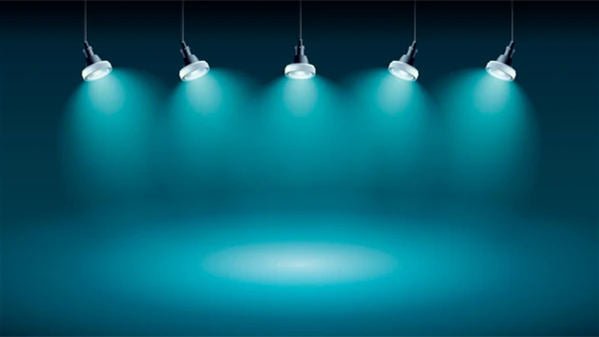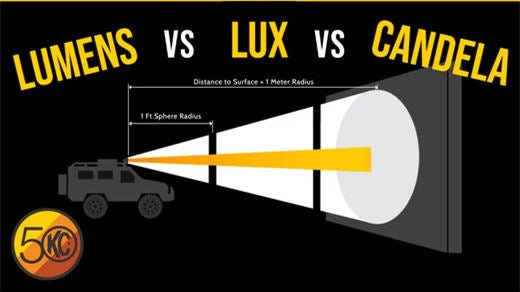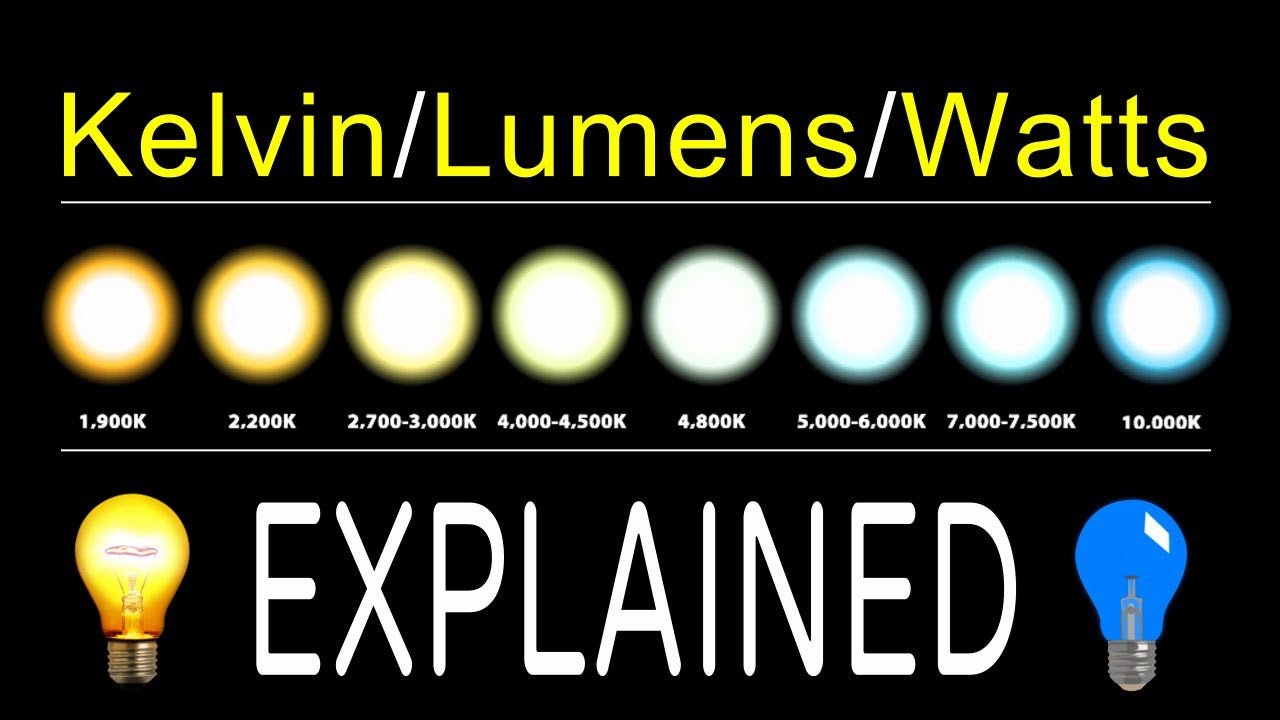Flood lights and spot lights have been popular lighting solutions for outdoor and indoor applications for many years. flood lights have historically been used to illuminate large areas, such as sports fields, parking lots, and building exteriors, providing broad coverage and high-intensity lighting. spot lights, on the other hand, have been utilized for highlighting specific objects or areas with focused and directional light, such as architectural features, artwork, and stage performances. How to choose these two lights? Read this article and you will find the answer you want.
What is a Flood light?
Flood lights are powerful, wide-angle lights designed to illuminate large areas with high-intensity, uniform lighting. They typically have a wide beam angle, covering a broad area with consistent brightness. flood lights are commonly used for security lighting, outdoor events, landscape illumination, and sports lighting, providing ample illumination over a wide expanse.

What is a Spot light?
Spot lights are directional lights that produce a concentrated beam of light focused on a specific object, area, or subject. They have a narrow beam angle, allowing for precise control and targeting of light. spot lights are often used for accent lighting, highlighting architectural details, artwork, signage, and stage performances, providing dramatic illumination and visual impact.
Similarities:
Versatile Applications: Both flood lights and spot lights serve versatile purposes in outdoor lighting, offering solutions for security, accent lighting, and functional illumination across various settings.
Weather Resistance: They share a common trait of being designed with weather-resistant materials, ensuring durability and longevity in outdoor environments despite exposure to elements like rain, snow, and UV radiation.
Adjustable Mounting Options: Both types of lights offer flexible mounting options, allowing them to be installed on walls, poles, or ceilings, providing users with the freedom to adapt to different installation requirements and lighting needs.
Energy Efficiency: Many flood lights and spot lights are engineered to be energy-efficient, often utilizing LED technology to deliver bright illumination while consuming minimal power, resulting in cost savings and reduced environmental impact.
Enhanced Security Features: Both flood lights and spot lights may come equipped with motion sensors or timers, contributing to enhanced security by automatically activating the lights in response to movement or at predetermined times, deterring potential intruders and providing peace of mind.
Customization Possibilities: They offer customization options such as adjustable brightness levels and beam angles, allowing users to tailor the lighting to their preferences and specific requirements for different applications and environments.
Integration with Smart Systems: Many modern flood lights and spot lights can integrate with smart home systems, enabling remote control and automation via smartphone apps or voice commands, enhancing convenience and control for users.

Longevity and Reliability: Both types of lights are designed for long-term performance and reliability, featuring sturdy construction and quality components that ensure consistent operation and minimal maintenance requirements over time.
Difference between flood lights and spot lights:
Lighting Characteristics:
Flood lights: These lights emit a wide beam angle, typically ranging from 90 to 120 degrees or more. The light spreads out uniformly over a large area, providing consistent and even illumination. flood lights are designed to illuminate broad outdoor spaces with high-intensity lighting.
Spot lights: spot lights produce a narrow beam angle, usually ranging from 10 to 45 degrees. The light is focused and directional, allowing for precise targeting of specific objects or areas. spot lights create concentrated beams of light, ideal for accentuating focal points and creating dramatic lighting effects.
Intensity and Brightness:
Flood lights: flood lights typically have higher lumen output and intensity compared to spot lights. They are designed to provide broad coverage and high-intensity illumination over large areas. flood lights offer consistent brightness and visibility across expansive outdoor spaces.
Spot lights: spot lights may have lower lumen output compared to flood lights, but they deliver higher intensity within their focused beam. spot lights create bright and focused illumination, suitable for highlighting specific objects or architectural features with enhanced clarity and definition.
Lighting Effects:
Flood lights: flood lights create uniform lighting across a wide area, producing a wash of light that evenly illuminates surfaces and objects. They are ideal for creating well-lit environments and enhancing visibility in outdoor spaces.
Spot lights: spot lights offer versatility in creating various lighting effects, including highlighting architectural details, accentuating landscape features, and adding drama to outdoor settings. spot lights allow for creative lighting design and emphasis on specific focal points or areas of interest.

Application and Use Cases:
Flood lights: flood lights are commonly used for security lighting, outdoor events, sports facilities, and general area illumination. They provide effective lighting solutions for large outdoor spaces where broad coverage and high-intensity lighting are required.
Spot lights: spot lights are employed for accent lighting, architectural highlighting, landscape illumination, and artistic lighting applications. They are used to draw attention to specific features, create visual interest, and enhance the ambiance of outdoor environments with focused and targeted illumination.
Mounting and Installation:
Flood lights: flood lights are often installed at higher mounting heights, such as on poles or building exteriors, to achieve optimal coverage and illumination. They may require sturdy mounting hardware and support structures due to their larger size and weight.
Spot lights: spot lights are typically mounted closer to the objects or areas they are illuminating, allowing for precise aiming and alignment. They can be mounted on walls, ceilings, or landscape fixtures, providing flexibility in installation and positioning to achieve desired lighting effects.
Conclusion:
Flood lights and spot lights are both valuable outdoor lighting solutions, each serving different purposes and offering unique lighting characteristics. While flood lights provide broad coverage and high-intensity lighting for general illumination, spot lights offer focused and directional lighting for accentuating specific features or objects. When choosing between flood lights and spot lights, consider the intended use, lighting requirements, and desired lighting effects to select the most suitable option for your outdoor lighting needs.


































Leave a comment
This site is protected by hCaptcha and the hCaptcha Privacy Policy and Terms of Service apply.